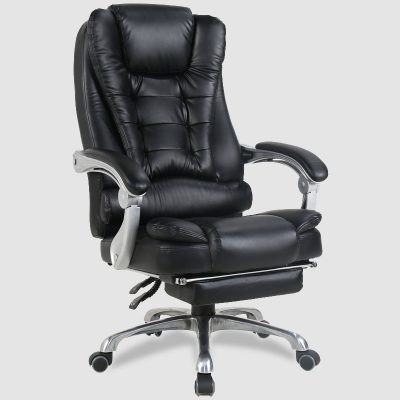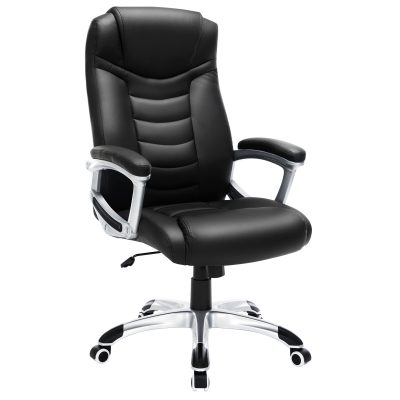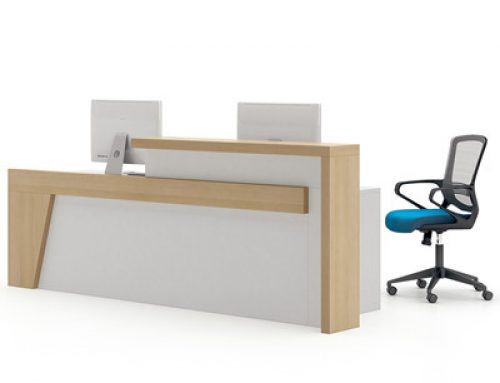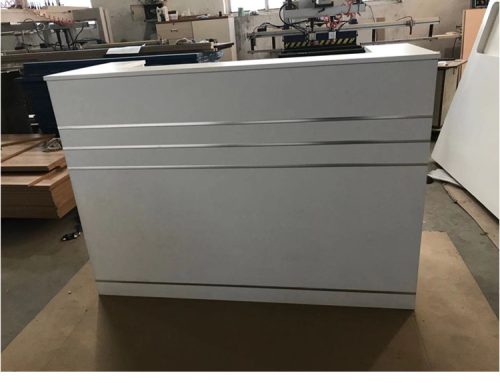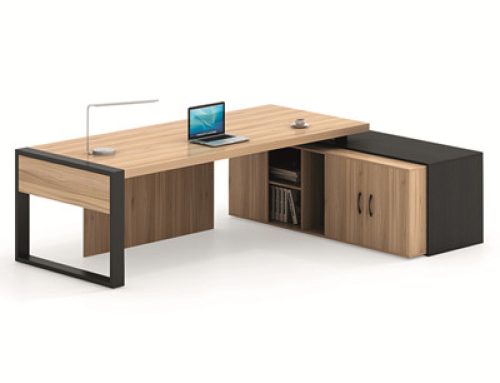The visitor chair revolution represents a significant shift in how we approach and design seating solutions for guests in various settings, from offices to hospitality spaces. This revolution is driven by a combination of technological advancements, changing workplace dynamics, and a heightened focus on user experience. Here are some key aspects that define the visitor chair revolution:
- Ergonomics and Comfort First: The revolution places a strong emphasis on ergonomics and guest comfort. Visitor chairs are now designed to support the natural posture of the body, reducing the risk of discomfort and fatigue during extended periods of sitting.
- Technology Integration: Visitor chairs are no longer just seating objects; they often come equipped with technology integrations such as built-in charging stations, wireless connectivity, and touch controls. This enhances the guest experience by providing functional benefits.
- Adaptive and Flexible Design: The revolution has led to the creation of chairs with adaptive and flexible designs. Modular seating arrangements, adjustable components, and multi-functional chairs cater to various needs and activities.
- Aesthetic Appeal: Visitor chairs are designed with aesthetics in mind, contributing to the overall visual appeal of a space. They are available in a wide range of styles, materials, and colors, allowing them to seamlessly integrate into different interior designs.
- Customization and Branding: Businesses are now personalizing visitor chairs to align with their brand identity. Custom colors, logos, and unique design elements create a cohesive brand experience for guests.
- Wellness and Well-Being: The revolution has led to the incorporation of wellness features into visitor chairs. Some chairs offer lumbar support, posture correction, and even massage functions, prioritizing the physical well-being of guests.
- Sustainability and Environmental Responsibility: Many new visitor chairs are manufactured using sustainable materials and eco-friendly processes. This shift aligns with the growing concern for environmental responsibility.
- Multi-Purpose Functionality: Visitor chairs are no longer confined to traditional roles. They serve multiple purposes, from collaborative seating to individual workspaces, fostering adaptability in diverse environments.
- Acoustic Solutions: Open office layouts benefit from visitor chairs with acoustic solutions. Chairs that incorporate sound-absorbing materials or privacy features create more focused and confidential spaces.
- Interaction and Collaboration: Modern visitor chairs encourage interaction and collaboration. Swivel bases, rotating seats, and lounge-style designs create conducive environments for teamwork and networking.
- Artful Expressions: Some visitor chairs are designed as artistic expressions, with innovative shapes, bold colors, and creative designs that make a statement and enhance the aesthetics of the space.
- Digital and Hybrid Spaces: As digital and hybrid workspaces become more common, visitor chairs are adapting to accommodate technology needs and video conferencing requirements.
The visitor chair revolution reflects the evolving needs and expectations of both guests and organizations. By prioritizing comfort, technology, and user experience, these chairs contribute to creating dynamic, functional, and aesthetically pleasing environments that cater to the demands of the modern world.
